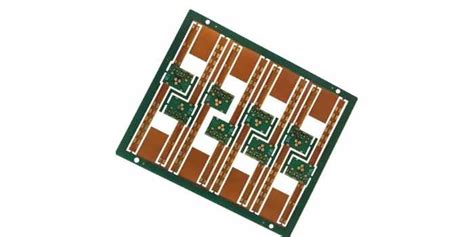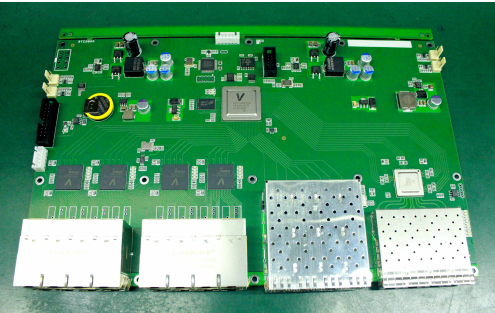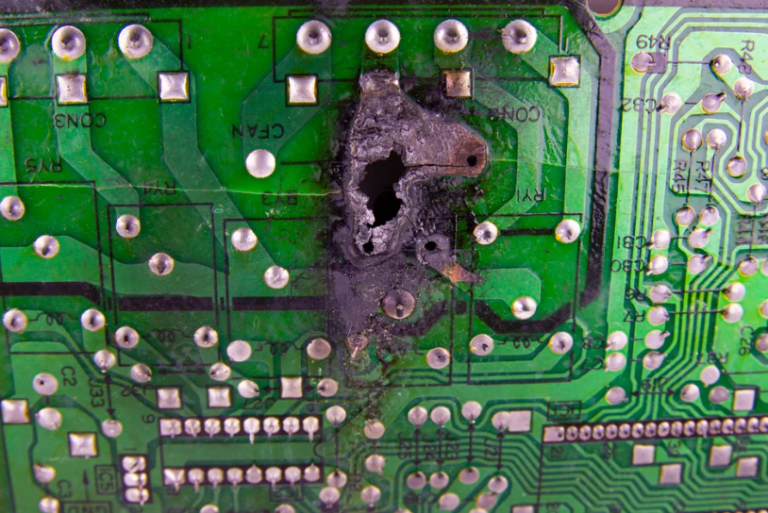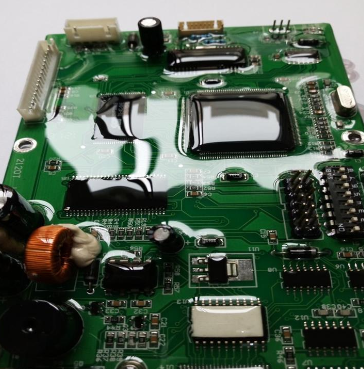EasyEDA SMT Assembly Guide
Introduction
With the rapid development of electronic products, surface mount technology (SMT) has become increasingly important in electronic manufacturing. Compared with traditional plug-in technology, SMT assembly has higher assembly density, smaller size and faster production speed. As an online electronic design automation (EDA) tool, EasyEDA provides convenient SMT assembly services, enabling designers and engineers to more efficiently transform their designs into actual products. This article will explore the SMT assembly process, advantages and precautions of EasyEDA in depth.
1.Overview of EasyEDA
EasyEDA is an integrated online electronic design platform that provides PCB design, schematic drawing, component library management, simulation and manufacturing services. Users can design directly in the browser without installing any software. EasyEDA not only supports the design of electronic components such as microcontrollers and sensors, but also provides a rich component library and templates, which greatly facilitates the user’s design process.
1.1 Functions of EasyEDA
Schematic design: Users can easily draw circuit schematics and perform circuit simulation.
PCB design: supports multi-layer PCB design, users can customize PCB size, number of layers and routing rules.
Component library: provides a rich component library, users can easily find the electronic components they need.
Online manufacturing: users can send designs directly to EasyEDA’s manufacturing service for PCB production and SMT assembly.

2.SMT assembly process
SMT assembly is the process of soldering surface mount components (SMD) to PCB. EasyEDA’s SMT assembly process mainly includes the following steps:
2.1 Design preparation
Before SMT assembly, users need to complete the PCB design and ensure that the design meets the requirements of SMT assembly. Here are some design considerations:
Component selection: Select components suitable for SMT assembly and ensure that the package type of the component matches the PCB design.
Pad design: The size and shape of the pad should meet the specifications of the component to ensure good welding quality.
Wiring rules: Reasonable wiring, avoid too compact routing, and ensure that the subsequent mounting and welding process is smooth.
2.2 Submitting an Order
After completing the design, users can submit an SMT assembly order through the EasyEDA platform. The following information is required when submitting an order:
PCB file: Upload the completed PCB file (usually a Gerber file).
Component list (BOM): Provide a detailed component list, including the model, quantity, and package information of each component.
Assembly instructions: If there are special requirements, they can be noted in the assembly instructions.
2.3 SMT assembly process
Once the order is submitted, EasyEDA will start SMT assembly. The process usually includes the following steps:
Component procurement: According to the BOM provided by the user, EasyEDA will purchase the required components.
Printing solder paste: Print solder paste on the PCB pad to facilitate subsequent component mounting.
Mounting components: Use an automatic placement machine to mount components on the PCB.
Reflow soldering: Put the mounted PCB into the reflow soldering oven and heat it to melt the solder paste to form a reliable solder connection.
Inspection: Through automatic optical inspection (AOI) and functional testing, ensure that each assembled PCB meets the quality standards.
2.4 Receipt and acceptance
After completing the SMT assembly, the user will receive the assembled PCB. The user needs to inspect the received products and check the following aspects:
Appearance inspection: Check whether the appearance of the PCB is intact and whether the components are complete.
Functional test: Perform functional tests on the PCB to ensure that it works properly.

3. Advantages of EasyEDA SMT assembly
3.1 Convenience
EasyEDA provides a one-stop service. Users can complete design, manufacturing and assembly on the same platform, eliminating the need for communication and coordination between multiple links.
3.2 Cost-effectiveness
Through bulk procurement of components and automated production processes, EasyEDA can provide users with competitive prices, so that small batch production can also reduce costs.
3.3 High quality
EasyEDA has advanced production equipment and strict quality control processes to ensure that each assembled PCB meets high standards of quality requirements.
3.4 Fast Delivery
EasyEDA has an efficient production process and can complete SMT assembly in a shorter time, meeting the user’s fast delivery needs.
4. Precautions
When using EasyEDA for SMT assembly, users need to pay attention to the following points:
4.1 Design Specifications
Ensure that the PCB design meets the specifications of SMT assembly, including pad size, component spacing, etc., to avoid problems during assembly.
4.2 Component Selection
Choose components from well-known brands to ensure their quality and reliability. At the same time, pay attention to the inventory of components to avoid production delays due to out-of-stock.
4.3 Order Confirmation
Before submitting an order, carefully check all information, including PCB files, BOM and assembly instructions to ensure that they are correct.
4.4 Quality Inspection
After receiving the assembled PCB, conduct quality inspection in a timely manner. If any problems are found, contact EasyEDA customer service in a timely manner to ensure that the problems are resolved.
Conclusion
EasyEDA provides an efficient and convenient SMT assembly solution for electronic designers and engineers. Through its powerful online platform, users can easily complete the entire process from design to production. With the continuous development of the electronics industry, EasyEDA’s SMT assembly service will provide support for more innovative products and help the progress of the electronics manufacturing industry. I hope this article can help you better understand EasyEDA’s SMT assembly process and its advantages, and improve your design and manufacturing efficiency.







